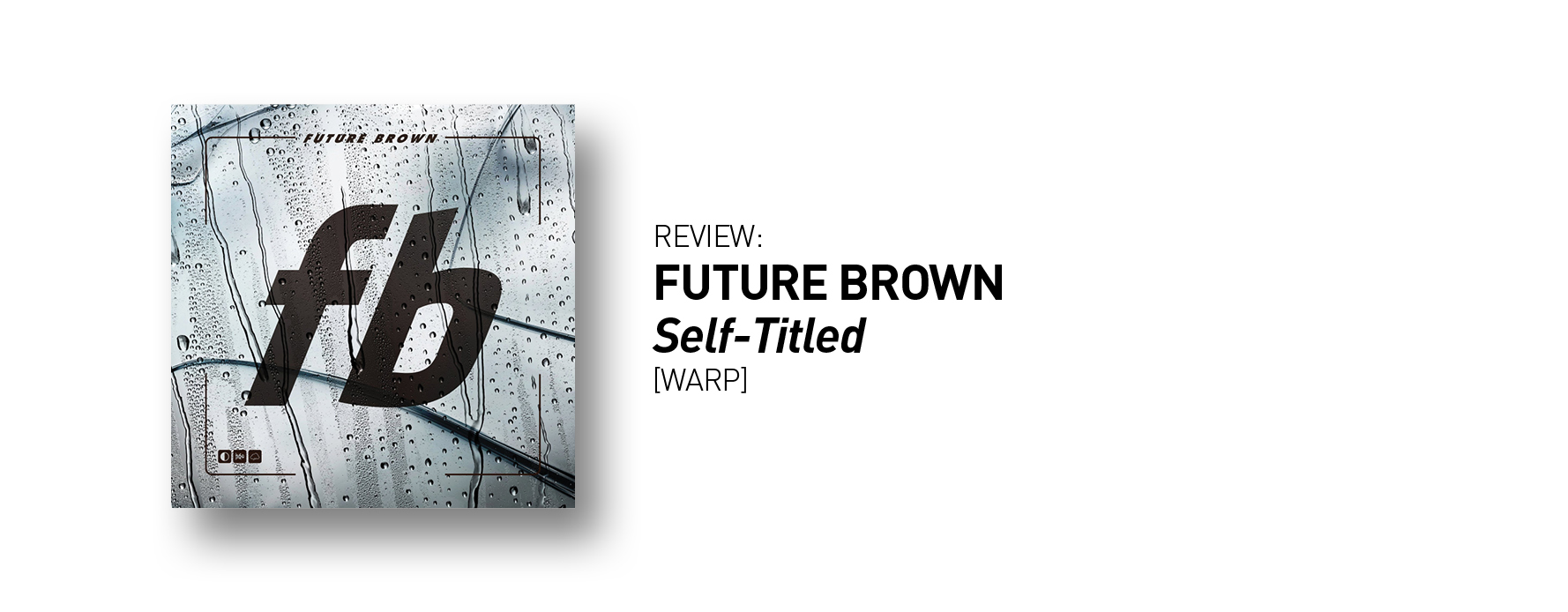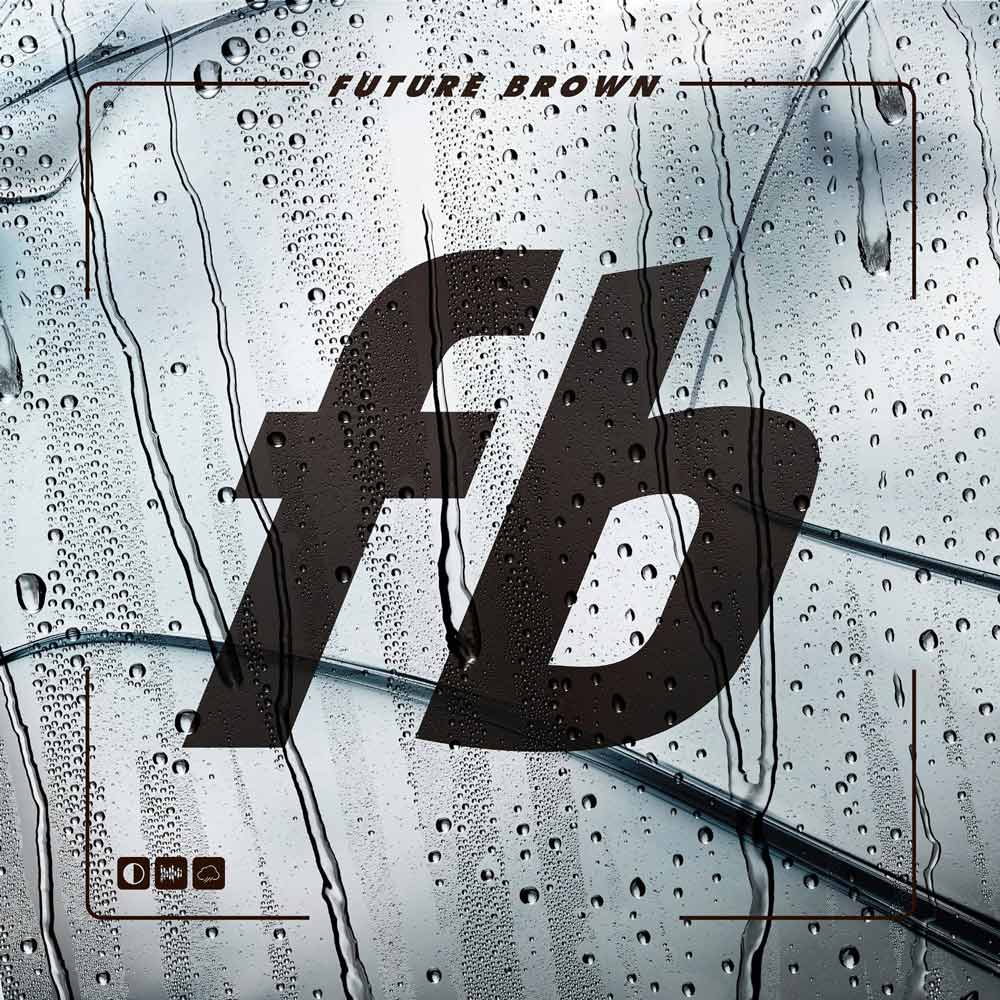Future Brown: Self-Titled
 Thirsty for JUICE content? Quench your cravings on our Instagram, TikTok and WhatsApp
Thirsty for JUICE content? Quench your cravings on our Instagram, TikTok and WhatsApp

Text Alfonso Gomez
THIS IS NOT A THESIS
Fatima Al Qadiri’s last album, Asiatisch, was preambled by numerous press interviews where the erudite producer expounded upon the conception of the LP. Heavy jargons were expectedly used; terms like globalisation, the prefix sino, orientalism, cultural appropriation, exoticisation, etcetera. At times they almost read like an abstract off a thesis. Expectedly, music critics had structured their reviews of the album even before they’d heard it in its entirety. A review of the record by this very magazine wasn’t spared of committing this sin, but who can blame the writer when it did seem like the album had real intent behind it?
Perhaps it was due to that very reason that the debut album of Fatima’s collaborative project with J-Cush, Asma Maroof, and Daniel Pineda (the last two make up NGUZUNGUZU), Future Brown, was received by critics in a manner that tried to make an educated reading of the record. But the truth is – as Fatima had ranted in a Facebook post – sometimes a record is just a record. And as a crew project is wont to be, oftentimes it’s supposed to be a fun project. Admittedly, we can’t fault them for listening to the record with some preconceived notions of artistic pretension. After all, alumni of the Hyperdub/Fade to Mind/Night Slugs variety make the sort of self-serious grime-y tunes with broad taxonomical subgroups; and this album is brimming with them, from drill and bop, to dancehall, to reggaeton, to vogue rappers. A good lot of the album’s running time sees these genres imbued with the sinister sound not dissimilar to Asiatisch.
The packaging of the album – and promotional materials (music videos, MoMA PS1 slot) – did not help to dissolve critics’ assumptions of Future Brown as a glorified art project. After all, the reappropriation of conglomeratised sports and brand logos are usually the language of statement-making artists. Then again, they are also the language of ironic Tumblr artists – so who’s to say Fatima, J-Cush, et al weren’t just taking the piss? Bizarre still were the accusation of cultural appropriation directed against them. For one, all four members are of ethnic background. Then, when Chiraq rapper Sicko Mobb waxed ghetto verite on ‘Big Homie’ over minimised drill production, it isn’t filtered through the perceived privilege of the four producers – Future Brown merely acted as the instrument for Sicko to express himself (a producer role like any other). The same goes to the dancehall/reggaeton and cumbia that followed immediately after it (‘No Apology’ and ‘Vernáculo’). One could even argue that it is only due to their deep understanding of these respective genres, and the acts that represent them, that the vocals and beats adapt so well together.
The fact that both Fatima’s and NGUZUNGUZU’s respective wavelengths are resonant with each other aid a lot in the coherence of the overall production as well. It also helps that each and everyone of the guests featured bring their best to the table, slaying the beats with their distinct geographical vocal inflection with ease. If one were to accuse an artiste of disrespecting a culture-specific music, then Diplo would be the biggest offender, especially with Major Lazer’s near-minstrel level of island music pastiche. No such irony or ridicule can be gathered from Future Brown.
For a supergroup that was first conceived from Fatima’s obsession with DIS Magazine’s Solomon Chase mushroom-induced idea of a ‘future brown’ shade, the record is strangely controversial enough among music critics that some felt that Fatima, J-Cush, Asma, and Daniel deserved to be punished for their perceived pretension. What this album really amounts to is, really, a creative exercise among four acts to flex their production muscle and genre knowhow. And looking at Future Brown from that perspective, this record is effortlessly in execution.
![]()

 Get Audio+
Get Audio+ Hot FM
Hot FM Kool 101
Kool 101 Eight FM
Eight FM Fly FM
Fly FM Molek FM
Molek FM